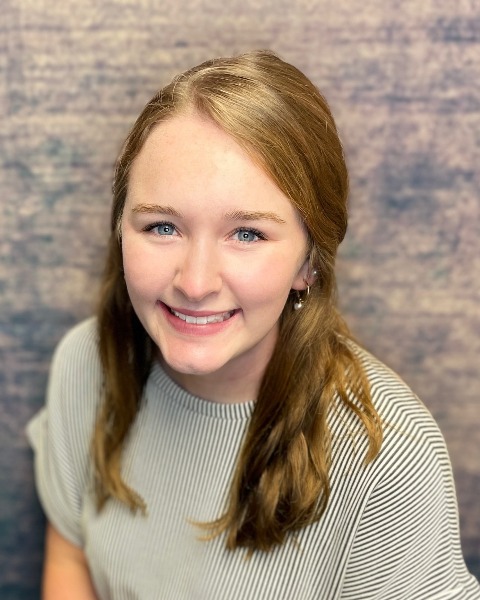Tinnitus and Decreased Sound Tolerance (TH)
PP1404 - Over-Amplification for Tinnitus Management

Karlie A. Snyder
University of Kansas Medical Center
Harrisonville, MissouriDisclosure(s): No financial or nonfinancial relationships to disclose.
- LM
Lauren Mann, PhD, AuD (she/her/hers)
Clinical Associate Professor
The University of Kansas Medical Center
University of Kansas Medical Center
Kansas City, KansasDisclosure(s): No financial or nonfinancial relationships to disclose.
Lead Presenter(s)
Contributor(s)
Summary:
Data from the literature review not only supports the use of hearing aids in tinnitus treatment, but is actively developing to support the idea that manipulations in hearing aid gain can improve patient perception of tinnitus (Shetty & Pottackal, 2019). Clinically, patients with tinnitus have not been consistently supported by an evidence-based regimen for treatment. However, the most recent and proposed research is utilizing the subjective feedback from patients with tinnitus to create research-backed best practices for hearing aid fittings in this population. We hypothesize broadband gain adjustments will lead to overall less added dBSPL in the ear canal with significant change in tinnitus perception compared to narrowband gain adjustment. If our results suggest that broadband gain adjustments can be used to evoke suppression of tinnitus with less dBSPL than that required of narrowband gain adjustments for the same level of suppression, this information can be utilized as a part of hearing aid fitting protocols for the tinnitus population. Paired with Shetty & Pottackal’s findings on improved speech recognition and the use of prescriptive formulas, the basis of a consistent treatment plan for tinnitus patients can begin to be developed. These findings create a foundation for continued prospective research on tinnitus perception with modified gain.
We have recruited participants alternating between amplification and over-amplification groups with a target initial enrollment of 10 participants in each group. Randomization will be 1:1 and subjects will be blinded to the condition. Inclusionary criteria for subjects include any English-speaking participant, 18 years or older with mild to moderately-severe sensorineural hearing loss in at least one ear with self-reported tinnitus that can be matched to a pitch and volume using standard clinical processes. Study procedures for session one include an audiological evaluation (otoscopy, tympanometry, and comprehensive pure tone audiometry) and tinnitus evaluation (pitch and loudness matching). The subject will fill out a Tinnitus Handicap Inventory (THI) and demographic questionnaire, including questions about tinnitus perception and loudness. Participants who qualify for use of the hearing aids will be randomly assigned and fit to NAL-NL2 prescriptive targets as is clinical standard, or assigned to the experimental group and fit to amplification levels that mitigate tinnitus when possible. Those levels will be measured using on-ear verification, which is standard hearing aid fitting practice. Device orientation will be given at visit one and subjects will be provided with the Phonak Audeo device manual and an instructional sheet describing use for study purposes. Devices will remotely collect data on hours of average daily use and sound pressure level in the environment during use for approximately one month. Study procedures for session two include a Tinnitus Handicap Inventory (THI) and demographic questionnaire, including questions about tinnitus perception and loudness. Following the conclusion of data collection, the study will utilize multiple linear regression to compare variables between the two groups.Learning Objectives:
